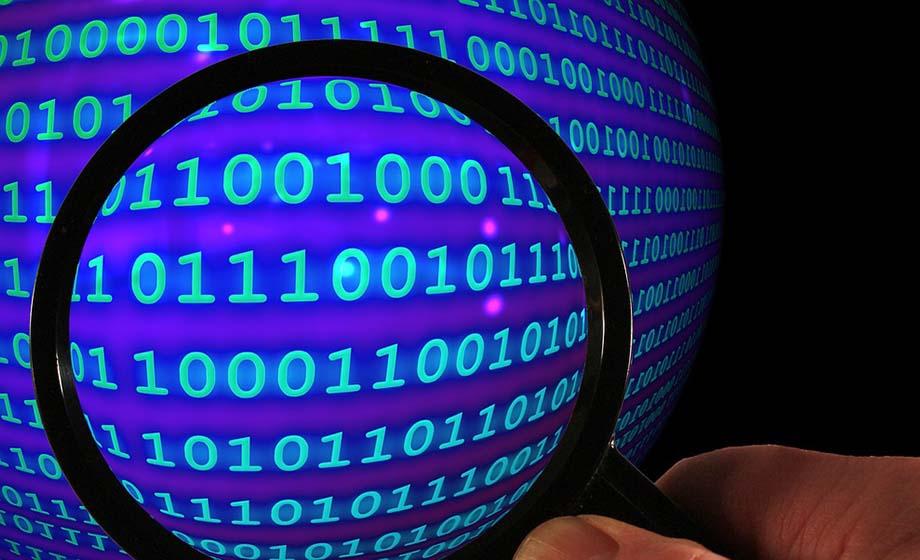Life in the fast lane

Over the years, Clark’s computer servers have earned nicknames honoring Greek gods, Disney characters, and even some famous rappers. But when it came to tagging the university’s most powerful supercomputer cluster, the technology defied easy categorization. So it’s simply the “cluster” that churns through programs and information, allowing Clark University research to be processed at a record pace.
Aaron Bennett, manager of systems administration, says the supercomputer is one of only many systems the department is responsible for, but one that is unique because of its lightning-fast speed.
“It’s a collection of 28 fast HP rack computers,” Bennett says. “They are known as ‘blades’ because they are very compact. The size of the whole cluster fits into a small filing cabinet.”
While a typical desktop might have two cores for processing, the supercomputer cluster has 28 nodes, each of which has eight cores. And it works especially well for parallel programs, those that aren’t dependent on having to complete one step before moving on to the next. For those types of programs, the cluster performs “blazingly fast,” says Bennett. In general, the cluster is 10 times faster than a typical network you would plug a server into, he says.
Supercomputer clusters at Clark are nothing new — the first one arrived on campus about a dozen years ago. In 2010, Clark partnered with Nuclea Biotechnologies, Inc., then headed by Clark alum Patrick Muraca ’91, a collaboration that significantly improved Clark’s supercomputer capacity.
Faculty members aren’t limited in their use of Clark’s supercomputer cluster because there are plenty of accessible remote clusters, says Bennett. And while this level of technology at larger schools is typically only accessible to graduate and doctoral students, Clark’s undergraduate students are getting the chance to work with the cluster. To keep the system running, almost all of the hands-on system administration is performed by two undergraduate work-study students.
“A year-long review of next steps in our science programs suggested this kind of technology is important to researchers in the computationally intensive disciplines of biology, chemistry and physics,” says Nancy Budwig, associate provost and dean of research. She notes with excitement that Clark will be investing in an even more powerful cluster in the next academic year to keep pace with the needs of the University’s new hires.


